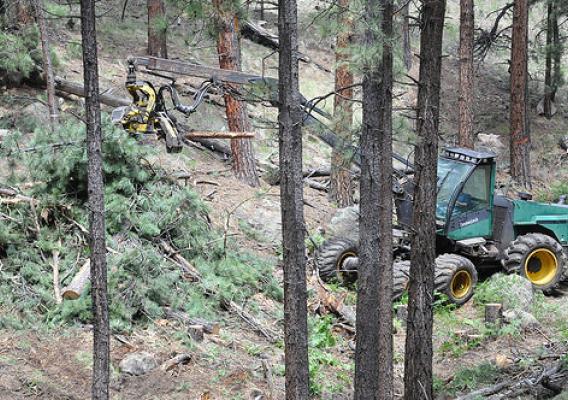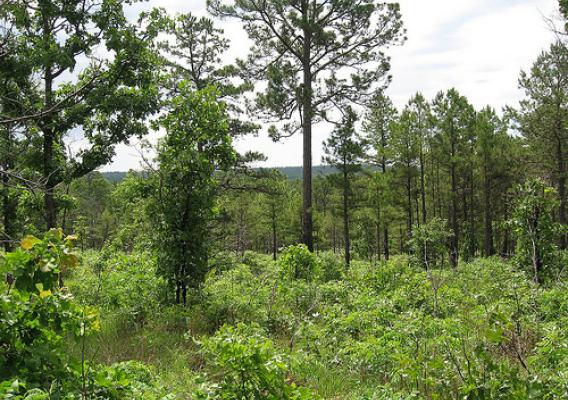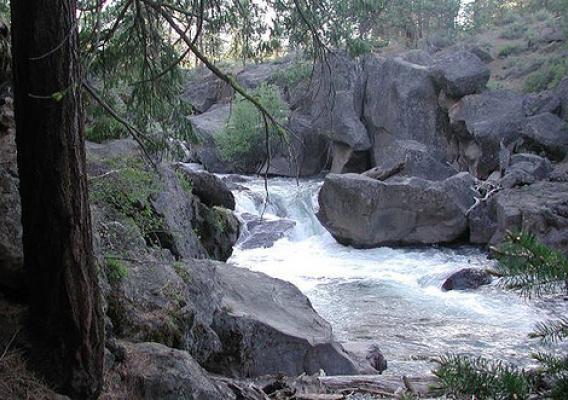(This post was written by George Geissler, State Forester of Oklahoma Forestry Services)
Forest Action Plans represent the first-ever comprehensive assessment of America’s forest resources across all lands—public, private, rural, and urban—and offer proactive strategies that state forestry agencies use to conserve, protect and enhance the trees and forests we depend on.
The Forest Action Plans are invaluable at a time when tree mortality is on the rise due to disease and invasive pests; wildfires continue to increase in size and intensity; and forests are being permanently converted to non-forest uses at a rate of one million acres per year. These assessments help state forestry agencies employ a variety of tools for protecting and conserving forests and the benefits they provide to people, from quarantines related to invasive species, to practices to reduce hazardous fuels buildup, to enhanced landowner outreach and education on sound forestry practices.










